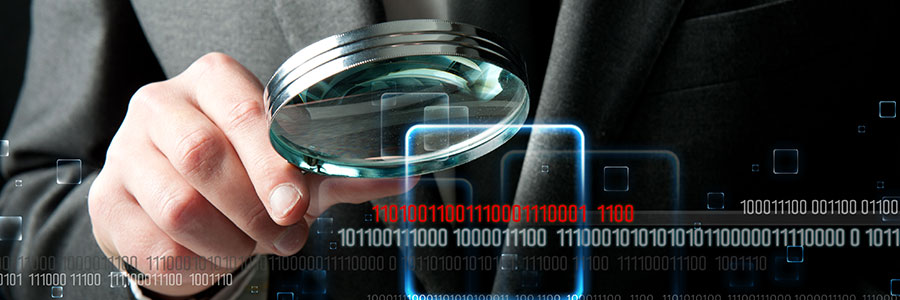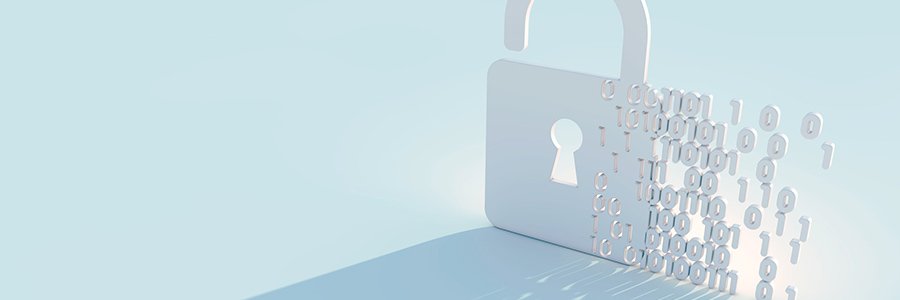Over 60% of data breaches can be traced to weak credentials. Employees reuse passwords or create ones that are easy to remember. Many employees add a number to their passwords and increment them each time they are forced to make a password change. These practices make it easy for hackers to gain access to a network.
5 Ways Your Employees Can Participate in Cybersecurity

As a small- to medium-sized business (SMB) owner, keeping your dental clinic’s valuable data safe should be a priority. Cybercriminals often target SMBs and healthcare organizations because compared to larger corporations, these entities often lack the technology and manpower to run an efficient cybersecurity system, making them easier to infiltrate.
The Importance of Email Encryption for Dental Practices

Cybercriminals have many opportunities to intercept confidential data. But if your data is encrypted, it’s much more difficult for your data to be compromised – should a cybercriminal succeed in getting their hands on it.
As with any other healthcare provider, dental practices must comply with HIPAA and HITECH legislation – requiring that all communications be encrypted.
Cybersecurity Training for Employees: Reduce Your Risk

Most practice owners and office managers are working to improve their cybersecurity posture to prevent the same attacks and breaches that have made headlines in the past several years. They are updating their firewalls, looking into antivirus and antimalware tools, and performing penetration tests to uncover any weakness in their practice network.
What is a Cybersecurity Audit?
Cybersecurity New Year’s Resolutions You Must Make for 2022

Time flies by so fast, and soon, it’ll be a new year yet again. Congratulate yourself on being able to keep your practice going despite so many looming external threats like ransomware and phishers! However, you must not rest on your laurels because cybercriminals sure won’t. Here are New Year’s resolutions your organization must make to continue enjoying cybersecurity in 2022.
Implement multifactor authentication
Passwords are becoming easier to crack by the day.
How to Protect Your Dental Practice from Ransomware in 2021
How to spot phishing scams: 5 Signs dental practices should look out for

Phishing continues to be one of the most effective methods of cyberattack plaguing many dental practices today. Phishing refers to a technique that involves an outside entity gaining access to private networks or data with the assistance of someone with legitimate access to them, obtained through deception and social manipulation.

![Two-Factor Authentication [2FA] for Dental Practices](https://www.pact-one.com/wp-content/uploads/2022/10/2FAOCTBlog_Carlo.png)




